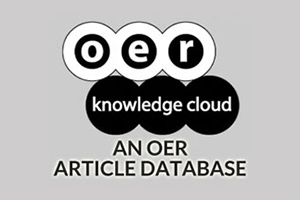Using mobile phones to improve educational outcomes: An analysis of evidence from Asia
DOI:
https://doi.org/10.19173/irrodl.v11i1.794Keywords:
mobile phones, mobile learning, distance learning, educational outcomes, information and communication technologies, new learningAbstract
Despite improvements in educational indicators, such as enrolment, significant challenges remain with regard to the delivery of quality education in developing countries, particularly in rural and remote regions. In the attempt to find viable solutions to these challenges, much hope has been placed in new information and communication technologies (ICTs), mobile phones being one example. This article reviews the evidence of the role of mobile phone-facilitated mLearning in contributing to improved educational outcomes in the developing countries of Asia by exploring the results of six mLearning pilot projects that took place in the Philippines, Mongolia, Thailand, India, and Bangladesh. In particular, this article examines the extent to which the use of mobile phones helped to improve educational outcomes in two specific ways: 1) in improving access to education, and 2) in promoting new learning. Analysis of the projects indicates that while there is important evidence of mobile phones facilitating increased access, much less evidence exists as to how mobiles promote new learning.Published
How to Cite
Issue
Section
License
This work is licensed under a Creative Commons Attribution 4.0 International License. The copyright for all content published in IRRODL remains with the authors.
This copyright agreement and usage license ensure that the article is distributed as widely as possible and can be included in any scientific or scholarly archive.
You are free to
- Share — copy and redistribute the material in any medium or format
- Adapt — remix, transform, and build upon the material for any purpose, even commercially.
The licensor cannot revoke these freedoms as long as you follow the license terms below:
- Attribution — You must give appropriate credit, provide a link to the license, and indicate if changes were made. You may do so in any reasonable manner, but not in any way that suggests the licensor endorses you or your use.
- No additional restrictions — You may not apply legal terms or technological measures that legally restrict others from doing anything the license permits.







